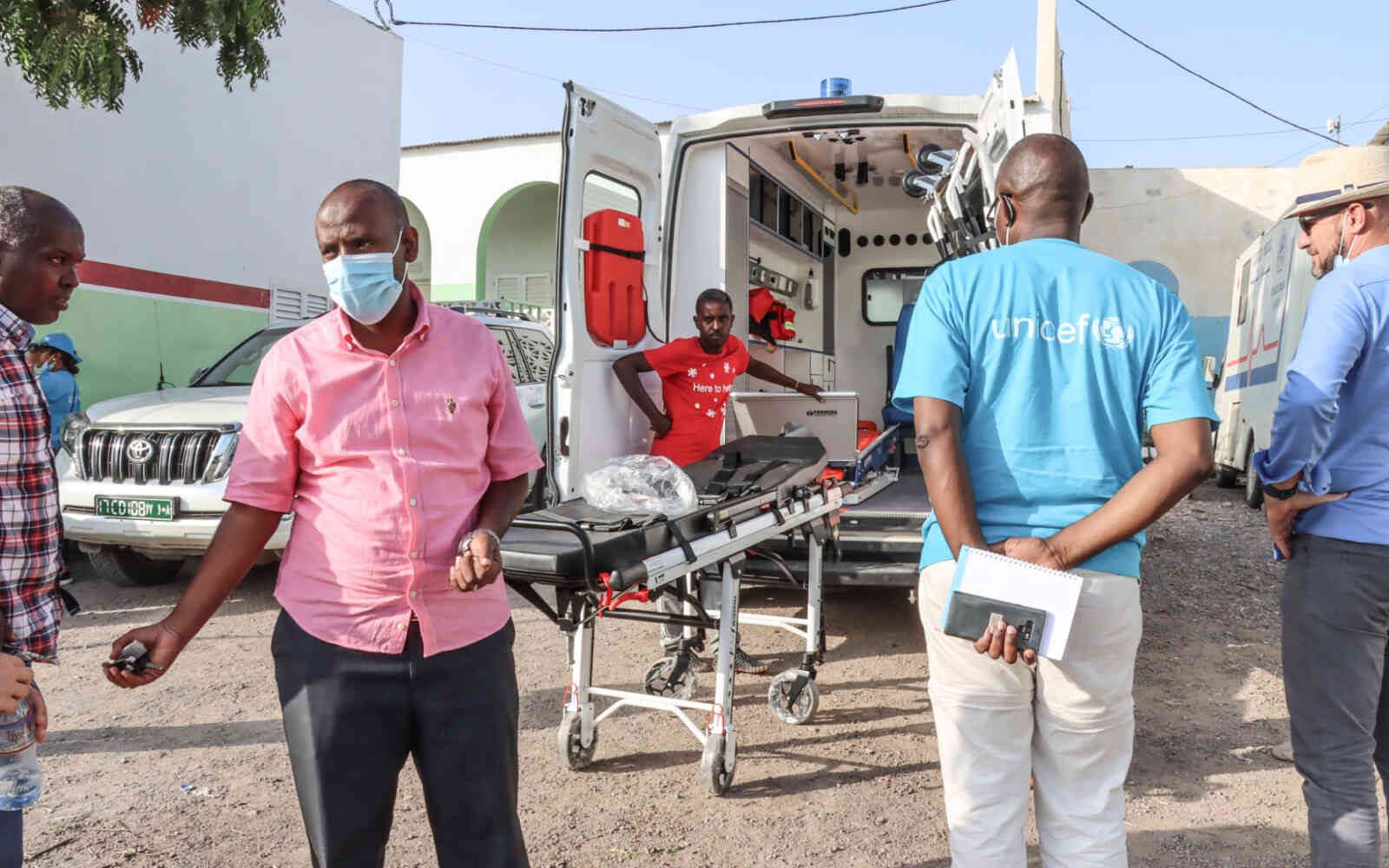The United Nations Office for Project Services (UNOPS)
New bridge in Uganda better connects refugees, host communities to services
Nyara Bridge will increase access to social and protection services as well as improve the efficiency of humanitarian assistance.
In the Rhino Camp Refugee Settlement in Terego, Uganda, it previously took nearly an hour and a half to drive a 54-kilometre route between two areas split by the Nyara River. Crossing the river during the rainy season was especially dangerous, with some community members losing their lives in the process.
The new Nyara Bridge – implemented by UNOPS using $2.4 million in funding from the government of Japan and Uganda's Ministry of Works and Transport – changes that. The bridge reduces the travel distance between the two areas to just 10 kilometres, cutting the travel time to less than 15 minutes – and makes the journey across the river much safer.
It is our sincere hope that the bridge will address access issues, especially during the rainy season, as well as support local integration of communities using the bridge.
“The Nyara Bridge will play a role as a holistic path of local integration and a promotion of peaceful coexistence of refugees and host communities,” said H.E. Fukuzawa Hidemoto, Ambassador of Japan to Uganda.
As part of the project, a local contractor was used to build the bridge, providing livelihood opportunities to refugees and members of the local communities. In addition, the enhanced road transport capacity that the bridge brings will increase access to business opportunities, help grow local economies in host communities and increase the long-term self-reliance of refugees.


“The entire West Nile region is expected to benefit from the construction of this bridge," said Bageya Waiswa, Permanent Secretary Ministry of Works and Transport.
In coordination with Uganda's Ministry of Works and Transport, UNOPS also conducted a technical training session on bridge inspection, operations and maintenance. This will help ensure the long-term maintenance of the bridge. The technical knowledge provided by the training will also be vital for future bridge construction projects.












